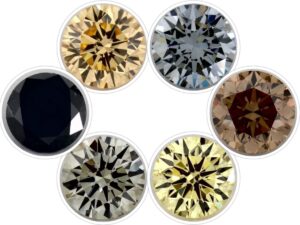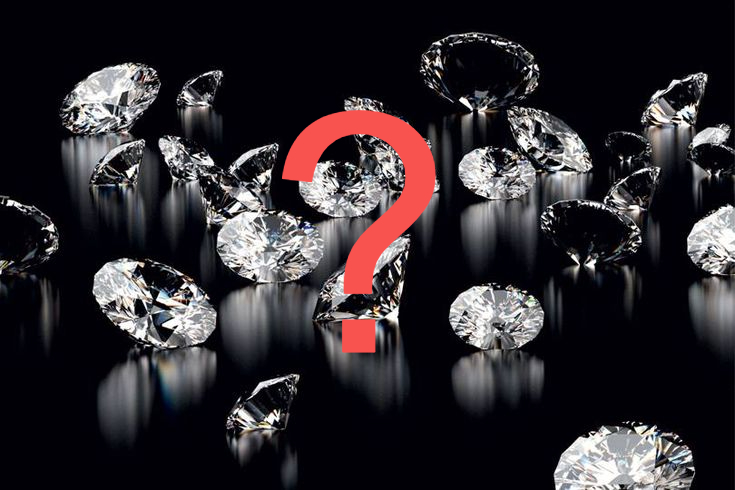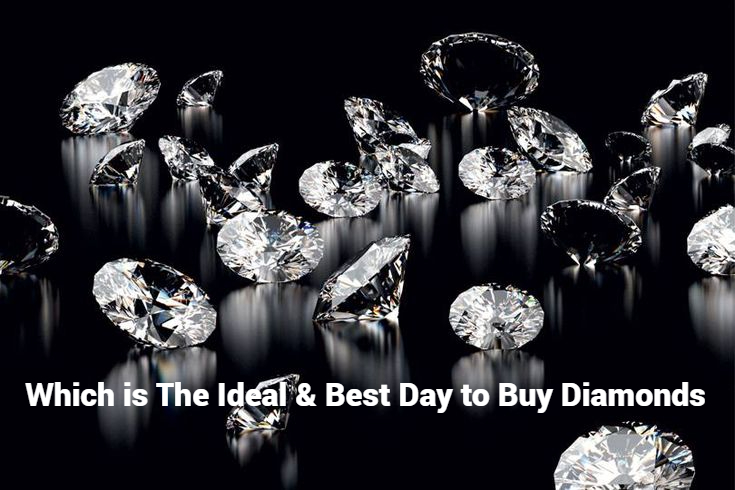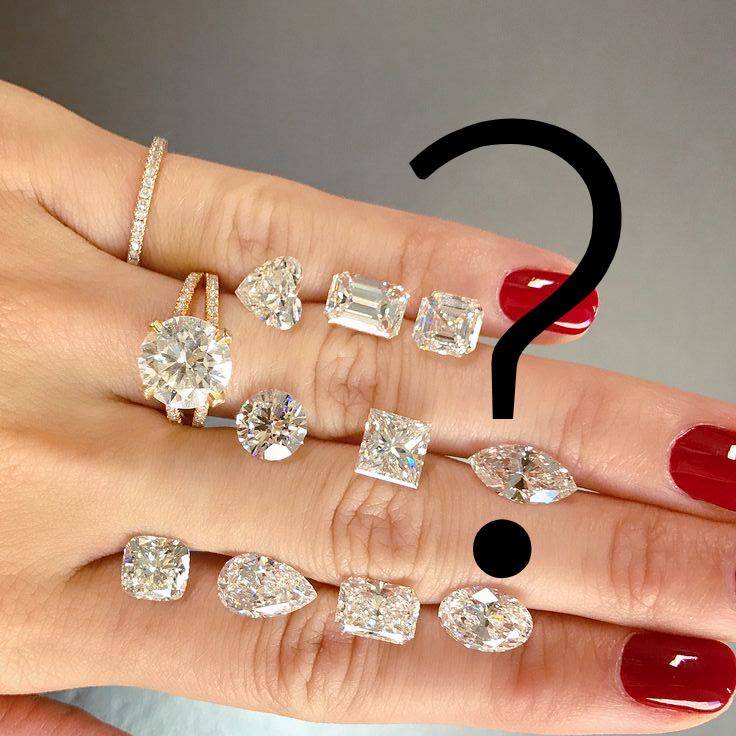Diamonds are not just a girl’s best friend; they are a symbol of eternity, wealth, and commitment. As one of the most sought-after gemstones, it’s no surprise that techniques have been developed to enhance the appearance of diamonds, particularly their color. But as a buyer, it’s imperative to understand the nuances of color-treated diamonds to ensure you’re making an informed decision. This blog post will guide you on how to identify and evaluate these treated gems.
Understanding Color-Treated Diamonds
Before diving into identification and evaluation, it’s crucial to grasp what color-treated diamonds are. Essentially, these are diamonds that have undergone procedures to modify, improve, or even entirely change their color. These treatments can transform less desirable yellowish diamonds into colorless ones or even produce fancy colored diamonds.
Why Are Diamonds Treated for Color?
The rationale behind color treatment is mainly economic. Diamonds that are perfectly colorless or those that have unique fancy colors command higher prices. However, diamonds with slight yellow or brown hues tend to be less valuable. By treating and improving the color of these diamonds, jewelers can increase their market value. Moreover, treatments can create fancy colors that are rare in nature, such as blue or pink, at a fraction of the cost of their natural counterparts.
Techniques Used for Color Treatment
Several techniques have been developed over the years to treat diamond colors:
- High-Temperature Annealing: This process involves heating the diamond to high temperatures to alter its color. It can turn brownish diamonds into fancy yellow or even colorless diamonds.
- Laser Drilling: Used mainly to remove inclusions, this process can indirectly affect a diamond’s color. A laser is used to create a tiny channel to vaporize inclusions, sometimes leading to a clearer and brighter appearance.
- HPHT (High Pressure, High Temperature): This technique can transform brownish diamonds into colorless or even into fancy colors like blue. It mimics the natural conditions under which diamonds are formed.
- Coating: Some diamonds are coated with thin layers of substances to improve their color. However, these coatings can wear off over time.
- Irradiation: Diamonds are exposed to radiation to change or deepen their color. It’s a common method to produce fancy green or blue diamonds.
Identifying Color-Treated Diamonds
Identifying treated diamonds can be challenging for the untrained eye, but there are some clues:
- Price: If a diamond’s price seems too good to be true, especially for its color grade, it might be treated.
- Overly Vivid Colors: Some treated diamonds have unnaturally bright colors that rarely occur in nature.
- Growth Lines: In some diamonds treated with HPHT, you can observe growth lines under magnification.
- Fluorescence: Diamonds that show unusually strong fluorescence under UV light might have been treated.
- Seek Expert Help: If in doubt, consult with a gemologist or get the diamond tested in a gemological laboratory.
Evaluating Color-Treated Diamonds
When evaluating color-treated diamonds, consider the following:
- Longevity of Treatment: Understand if the treatment is permanent or temporary. Techniques like HPHT are generally permanent, but coatings can wear off.
- Price vs. Value: Color-treated diamonds should be less expensive than their untreated counterparts. Ensure you’re getting a fair price.
- Disclosure: Sellers should disclose any treatments. If they don’t, it’s a red flag.
- Certification: Always opt for diamonds certified by reputable labs. The certification should specify if the diamond is treated and detail the type of treatment applied.
In Conclusion
While color-treated diamonds can be an attractive option due to their enhanced appearance and affordability, it’s essential to approach such purchases with a discerning eye. Always prioritize transparency and knowledge, and don’t hesitate to seek expert advice. Whether you’re drawn to the allure of treated diamonds or prefer the natural route, understanding the intricacies of your gem ensures that its sparkle is matched by your confidence in its value.



